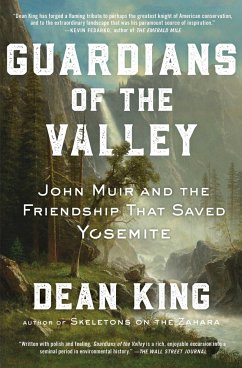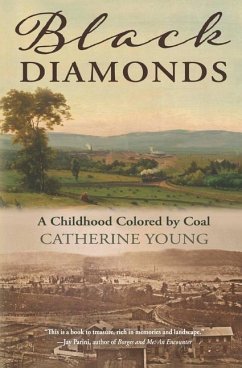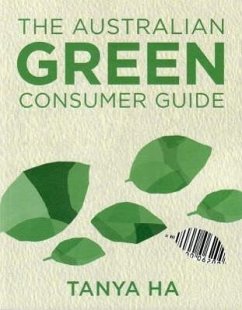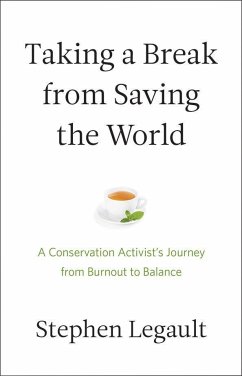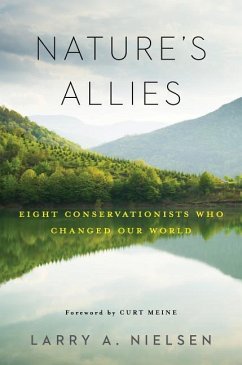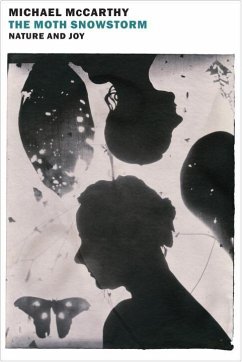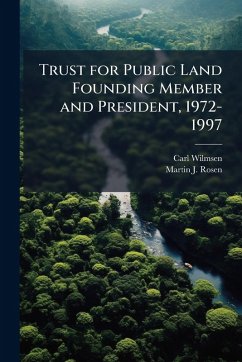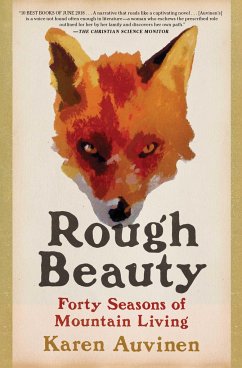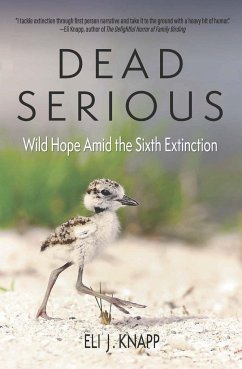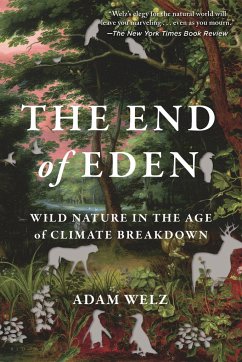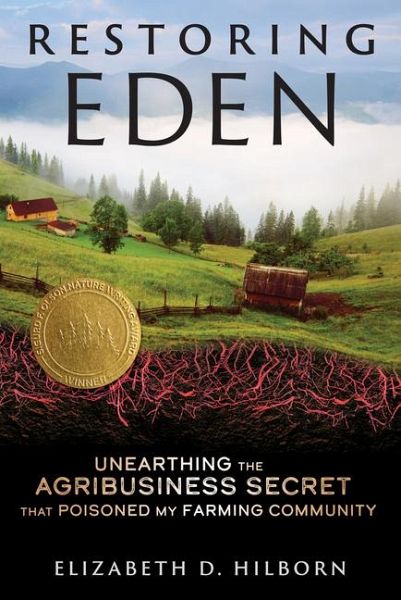
Restoring Eden
Unearthing the Agribusiness Secret That Poisoned My Farming Community
Versandkostenfrei!
Versandfertig in über 4 Wochen
15,99 €
inkl. MwSt.

PAYBACK Punkte
8 °P sammeln!
"All spring, Dr. Elizabeth Hilborn watched as her family fruit farm of many years rapidly diminished, suffering from a lack of bees and other insects. The plentiful wildlife, so abundant just weeks before, was gone. Everything was still, silent. As an environmental scientist trained to investigate disease outbreaks, she rose to the challenge. Step by step, day by day, despite facing headwinds from skeptical neighbors, environmental experts, and agricultural consultants, she assembled information. Her observations provided a framework, a timeline to explain the evidence she'd collected. The che...
"All spring, Dr. Elizabeth Hilborn watched as her family fruit farm of many years rapidly diminished, suffering from a lack of bees and other insects. The plentiful wildlife, so abundant just weeks before, was gone. Everything was still, silent. As an environmental scientist trained to investigate disease outbreaks, she rose to the challenge. Step by step, day by day, despite facing headwinds from skeptical neighbors, environmental experts, and agricultural consultants, she assembled information. Her observations provided a framework, a timeline to explain the evidence she'd collected. The chemicals found in her water samples showed beyond any doubt that not only her farm but her greater farming community was at risk from toxic chemicals that traveled with rainwater over the land, into water, and deep within the soil. Hilborn was given a front row seat to the insect apocalypse. Even as a scientist, she'd been unaware of the risks to life from some common agricultural chemicals. Her goal was to protect her farm and the animals who lived there. But first she had to convince her rural neighbors of the risk to their way of life, too"--Back cover



